Damage-free slitting! How does a film slitting machine ensure that the edge of the material is smooth and burr-free?
In order to achieve zero damage to film slitting and smooth edges without burrs, it is necessary to carry out precise control from many aspects such as tool system, tension control, material adaptation, and process optimization. The following are the key technologies and solutions:
1. Ultra-precision tool system (core)
1. Tool material and cutting edge treatment
• Material Selection:
• Diamond-coated knives (long life, high hardness, suitable for hard films such as PET/OPP).
• Ceramic knife (no metal contamination, suitable for food-grade films).
• Tungsten carbide knives (cost-effective, suitable for general-purpose slitting).
• Cutting edge treatment:
• Mirror polishing (Ra ≤ 0.05μm) to reduce material melt burrs caused by frictional heat.
• Cutting edge angle: 20°~30° (smaller angle for film, larger angle for thick film).
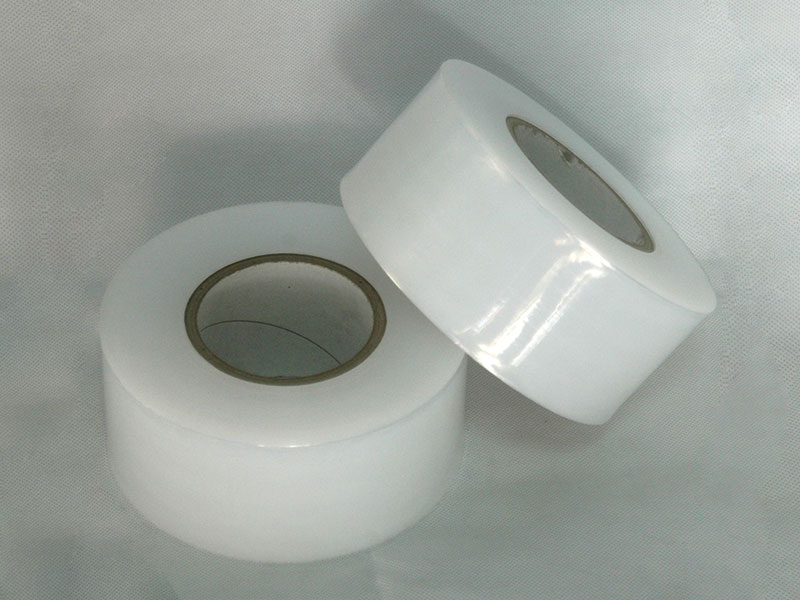
2. Tool motion control
• Air flotation spindle (no mechanical contact, vibration < 0.1μm).
• Servo motor + grating ruler closed-loop control (slitting repeatability ± 1μm).
2. Intelligent tension control (to avoid tensile deformation)
1. Multi-stage closed-loop tension adjustment
| Section | Tension control requirements | function |
| Unwinding | 3~8N (adjusted according to film thickness) | Prevents initial relaxation from causing folding. |
| Slitting area | 1~3N (low-tension precision slitting) | Reduces tensile distortion and avoids edge warping. |
| Rewinding | 5~10N (Incremental Control) | Make sure the coil is tight and free of bubbles. |
• Magnetic clutch/servo motor, tension fluctuation < 0.5N.
• Ultrasonic sensor monitors film tension uniformity in real time.
3. Slitting process optimization (key parameters)
| parameter | Optimize the scope | effect |
| Slitting speed | 20~100m/min (depending on the material) | The velocity is too high→ heat accumulates burrs. |
| Tool pressure | 0.1~0.5MPa | Excessive pressure → crush the burr. |
| Temperature control | 20~25°C (bit cooling) | Prevents the film from shrinking/melting when heated. |
| Slitting angle | 85°~90° (vertical slitting is best) | Angular deviation → edge drawing. |
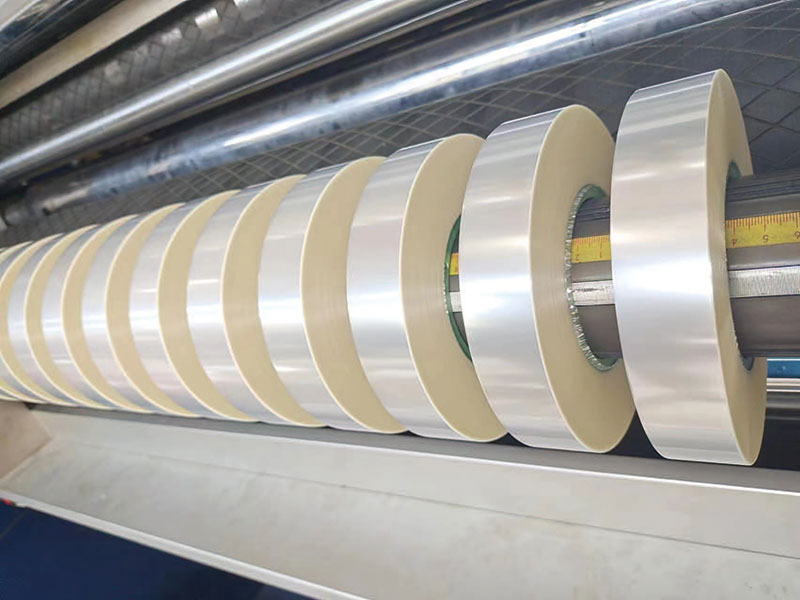
Fourth, the adaptability of materials is optimized
1. Film pretreatment
• Static Elimination: The ionic air bar eliminates static electricity on the surface of the film and avoids adsorption of debris.
• Constant temperature and humidity environment (23±1°C, 50% RH) to balance the internal stress of the material.
2. Strategies for slitting different materials
| Film type | Slitting points |
| PET | High speed + low pressure to avoid brittle fracture. |
| PP/PE | Increase the temperature (40°C) appropriately to reduce ductile burrs. |
| PVC | Low-speed slitting (≤30m/min) to prevent knife sticking. |
5. Online quality monitoring and feedback
• Laser profiler (e.g. Keyence LJ-X) detects edge burrs in real time (threshold setting ≤ 5μm).
• Machine vision system (2μm resolution) automatically flags defects and feeds back to adjust process parameters.
• Dust removal system: negative pressure chip suction + electrostatic precipitator to ensure that the cut surface is clean.
Comparison of actual results (traditional vs. high-precision slitting)
| index | Traditional slitting machine | Optimized rear slitting machine | Boost the effect |
| Burr height | 10~20μm | ≤2μm | 90%↓ |
| Slitting speed | 30m/min | 80m/min | 167%↑ |
| Material loss rate | 3% | 0.3% | 90%↓ |
| Frequency of tool changes | Every 8 hours | Every 500km | Life 6 times ↑ |
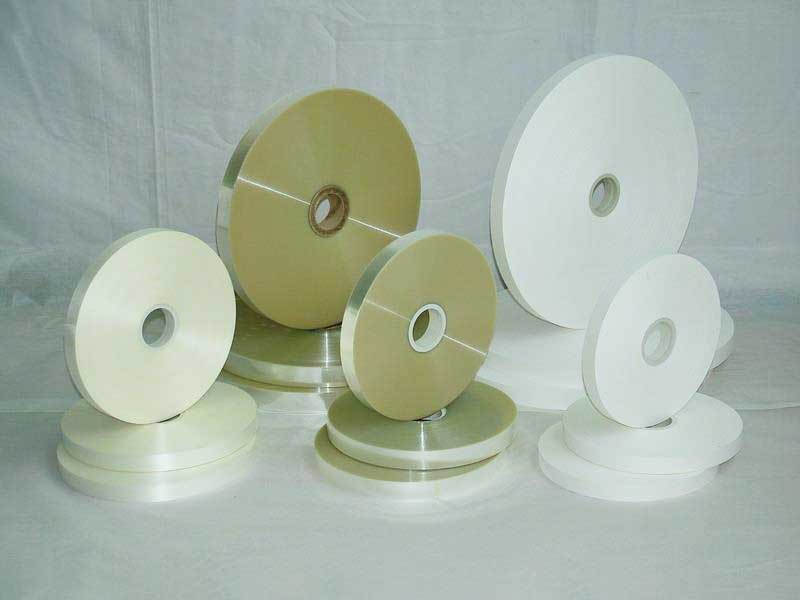
Industry application cases
• Optical film (such as OCA, polarizer): slitting burr ≤ 1μm to meet the requirements of display lamination.
• Food packaging film (such as aluminum-plastic composite film): no pollution slitting, in line with FDA standards.
• Lithium battery separator: zero damage slitting, avoiding the risk of micro-short circuit.
Summary: Critical Control Points
1. Tool superfinishing (mirror edge + high rigidity spindle).
2. Precise tension control (multi-stage closed loop, avoid tensile deformation).
3. Process parameter matching (dynamic optimization of speed/pressure/temperature).
4. Intelligent detection + dust removal (real-time deviation correction to ensure that the cut surface is clean).
Through the combination of the above technologies, it can achieve zero damage slitting in the true sense, and is suitable for high-standard film processing in high-end electronics, medical, new energy and other fields.
Recent Post
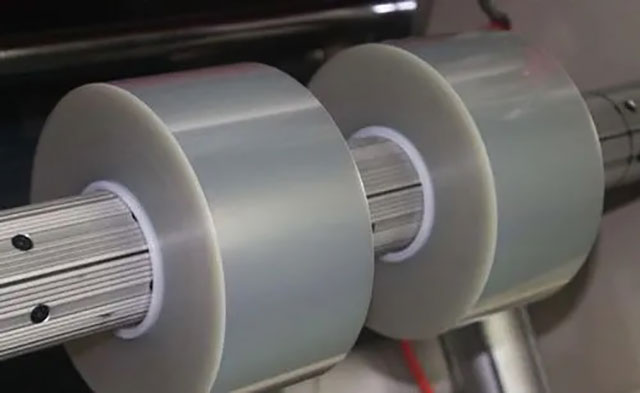 The core technology of film slitting machine: how to achieve micron-level precision slitting?11. April, 2025
The core technology of film slitting machine: how to achieve micron-level precision slitting?11. April, 2025 Responding to market demand: Film slitting machine offers personalized customized solutions10. April, 2025
Responding to market demand: Film slitting machine offers personalized customized solutions10. April, 2025 The new film slitting machine escorts the product quality09. April, 2025
The new film slitting machine escorts the product quality09. April, 2025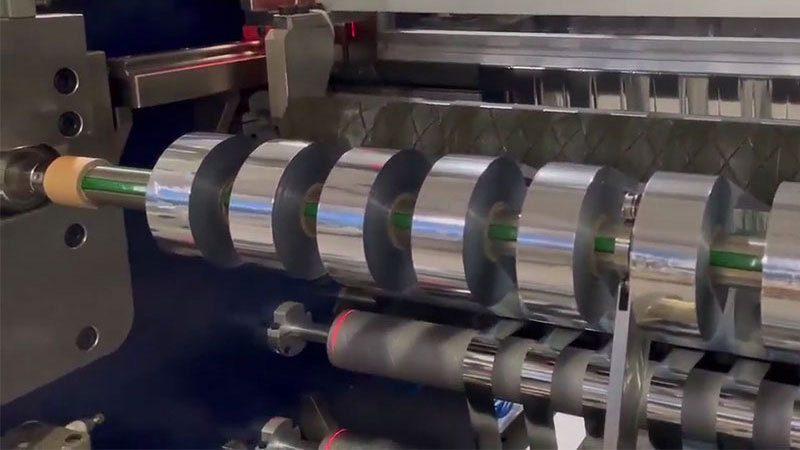 Innovative and upgraded solutions for hot stamping film slitting machine - to respond to market changes with precision and flexibility09. April, 2025
Innovative and upgraded solutions for hot stamping film slitting machine - to respond to market changes with precision and flexibility09. April, 2025
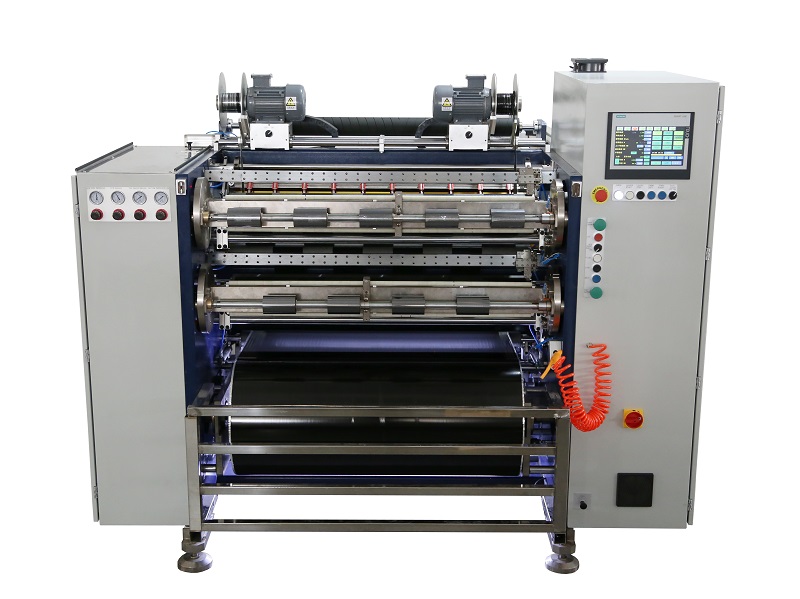 Fully Automatic TTR Slitter RSDS8 Plus
Fully Automatic TTR Slitter RSDS8 Plus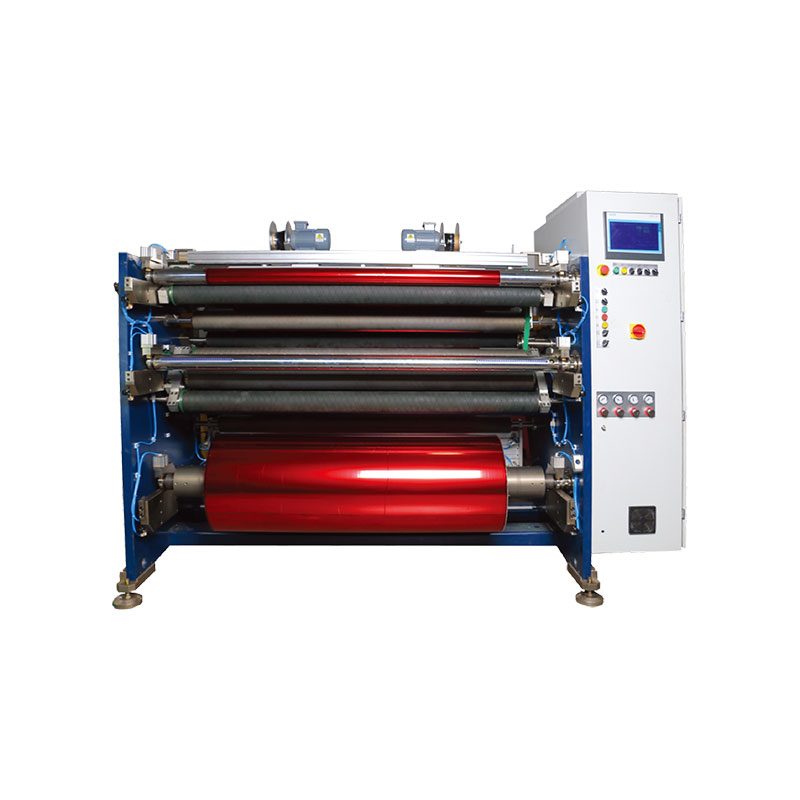 Hot Stamping Foil Slitter 1600mm
Hot Stamping Foil Slitter 1600mm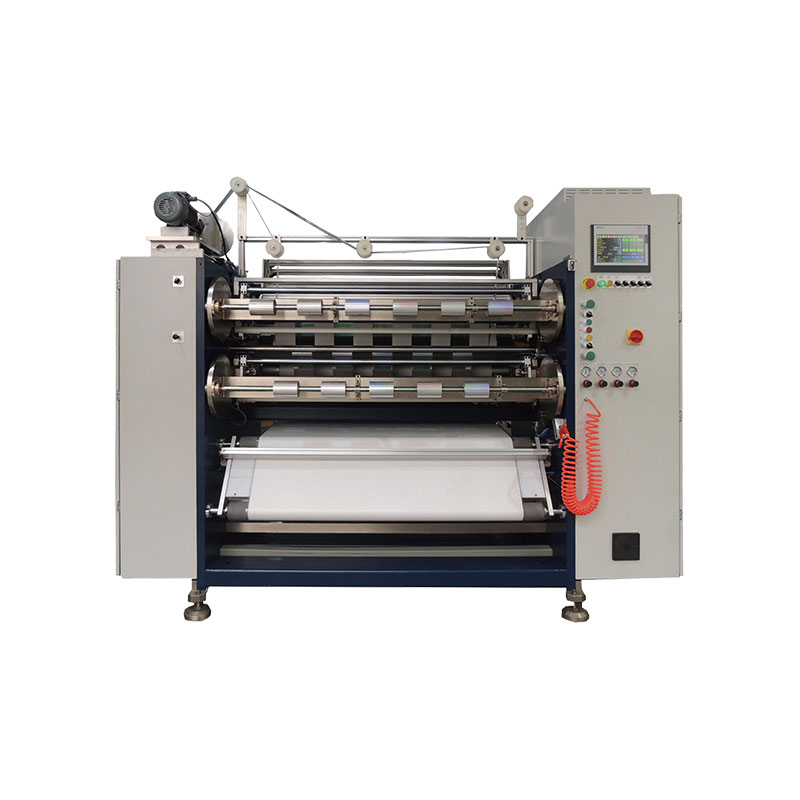 Hot Stamping Foil Slitter (4 Shafts)
Hot Stamping Foil Slitter (4 Shafts)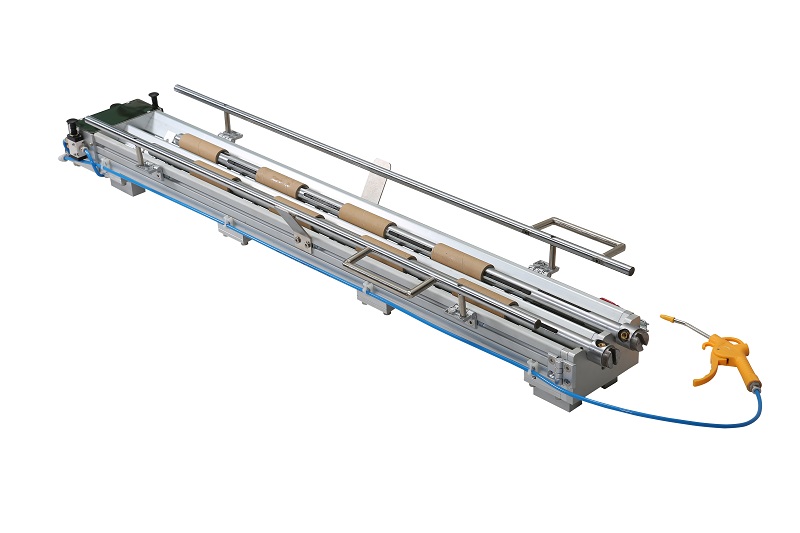 Paper Core Loading Machine
Paper Core Loading Machine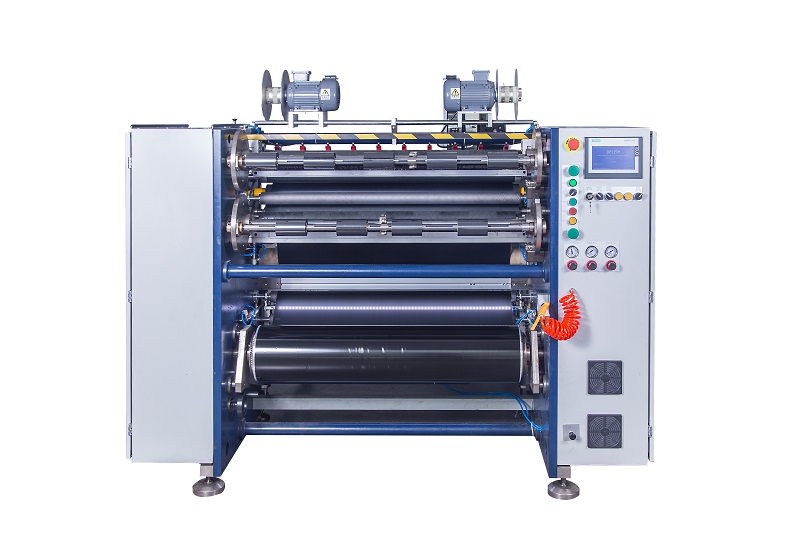 Semi-Auto TTR Slitter RSDS2 Plus
Semi-Auto TTR Slitter RSDS2 Plus Semi Automatic TTR Slitter RSDS5 Plus
Semi Automatic TTR Slitter RSDS5 Plus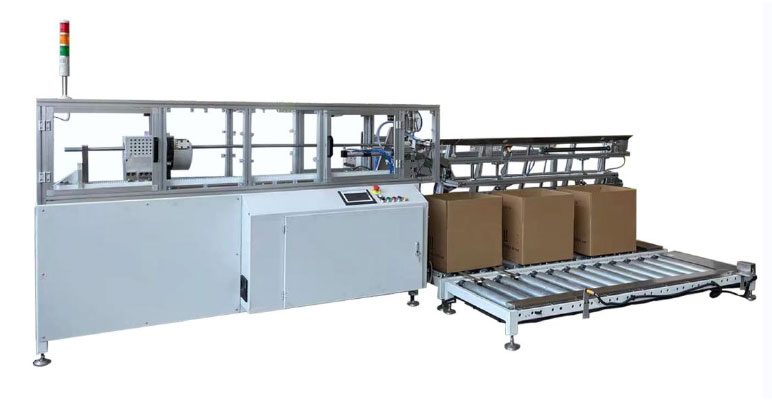 Auto Paper Core Cutter
Auto Paper Core Cutter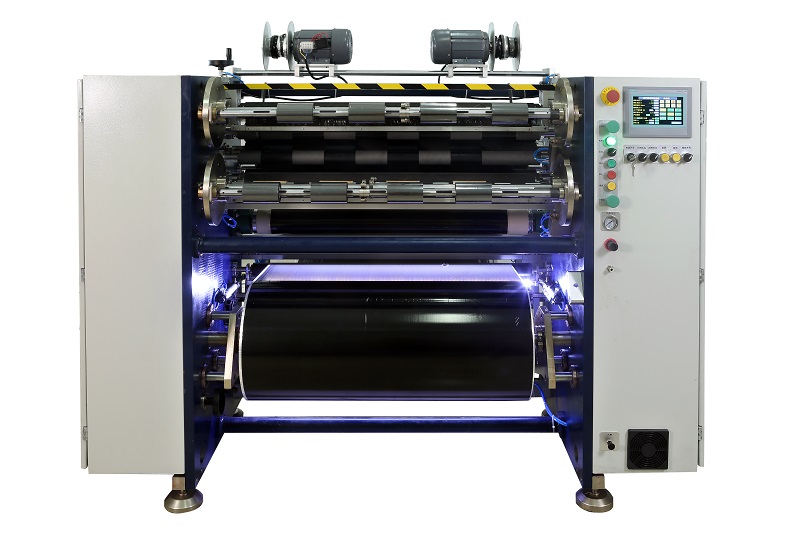 Manual TTR Slitter RSDS2
Manual TTR Slitter RSDS2





